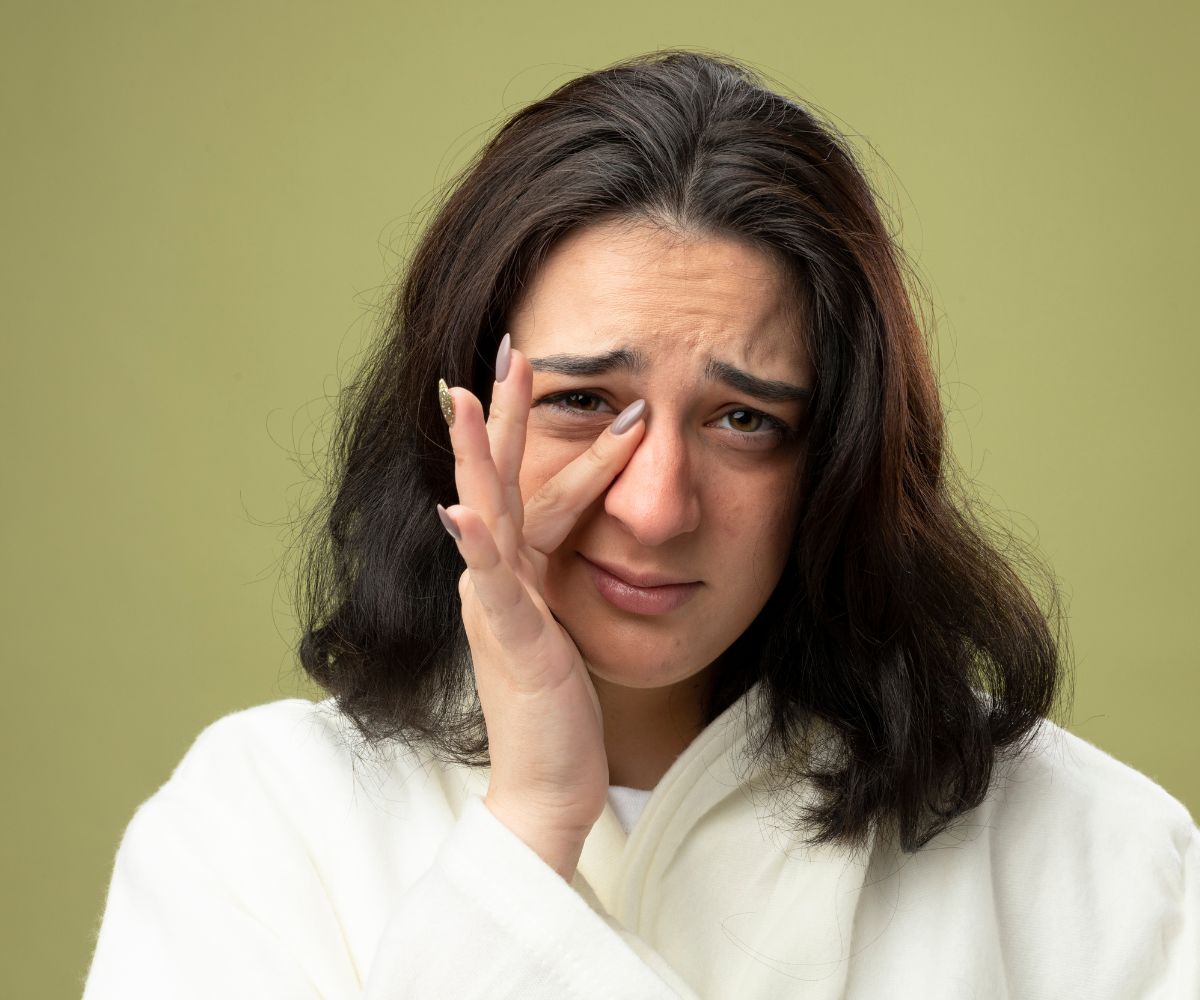Black Eye: Causes, Symptoms, and Treatment
A black eye occurs when bruising and swelling develop around the eye due to trauma to the face or head. The term “black eye” refers to the dark discoloration of the surrounding skin, which results from blood and fluids collecting in the soft tissue beneath the eye. Despite its dramatic appearance, the eye itself is often unharmed. Most black eyes heal naturally within a few days to two weeks.
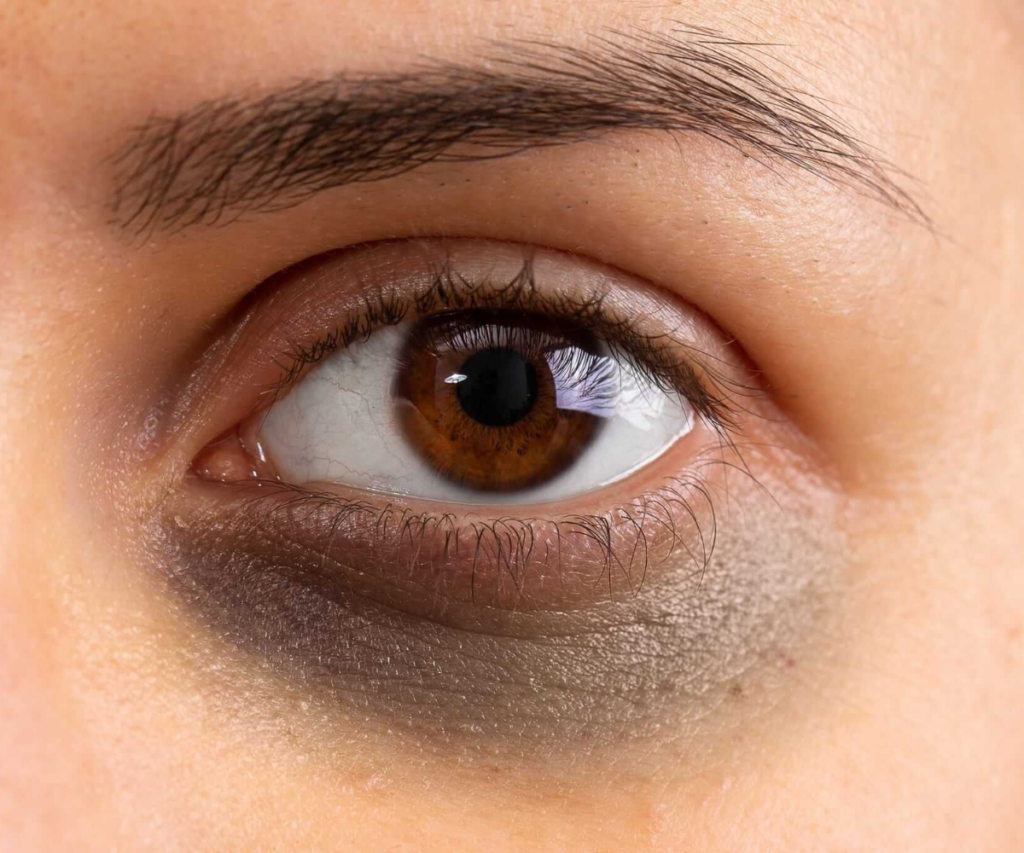
While many black eyes are minor and heal on their own, sometimes they may indicate a more serious underlying injury. Understanding the causes, symptoms, and treatment options can help you manage a black eye effectively and prevent complications.
Anatomy of a Black Eye
The skin surrounding the eye is delicate and loose, making it more prone to swelling when blood vessels are damaged. When trauma occurs, blood leaks into the tissue under the skin, causing discoloration. The swelling initially appears red or purple, gradually turning blue, green, yellow, or black as the body breaks down the blood.
In severe cases, trauma may also affect the eyeball itself, the bones around the eye (orbital bones), or the sinuses. Damage to these structures can impact vision and require urgent medical care.
Causes of a Black Eye
Black eyes can develop from various causes, including:
- Direct Trauma: The most common cause is a direct blow to the eye or nose. Swelling and bruising can occur in one or both eyes depending on the site of impact.
- Facial Surgery: Procedures such as facelifts, rhinoplasty, dental surgery, or jaw surgery can result in temporary black eyes due to tissue manipulation.
- Head Injuries: Skull fractures or significant trauma to the head can lead to bilateral black eyes, sometimes known as “raccoon eyes.”
- Medical Conditions: Allergies, sinus infections, or other conditions can lead to puffiness around the eyes, although bruising is less common in these cases.
Symptoms of a Black Eye
A black eye is usually noticeable immediately after injury. Common symptoms include:
- Swelling around the eye
- Discoloration ranging from red to dark purple or black
- Pain or tenderness around the affected area
- Difficulty opening the eye due to swelling
- Mild blurred vision
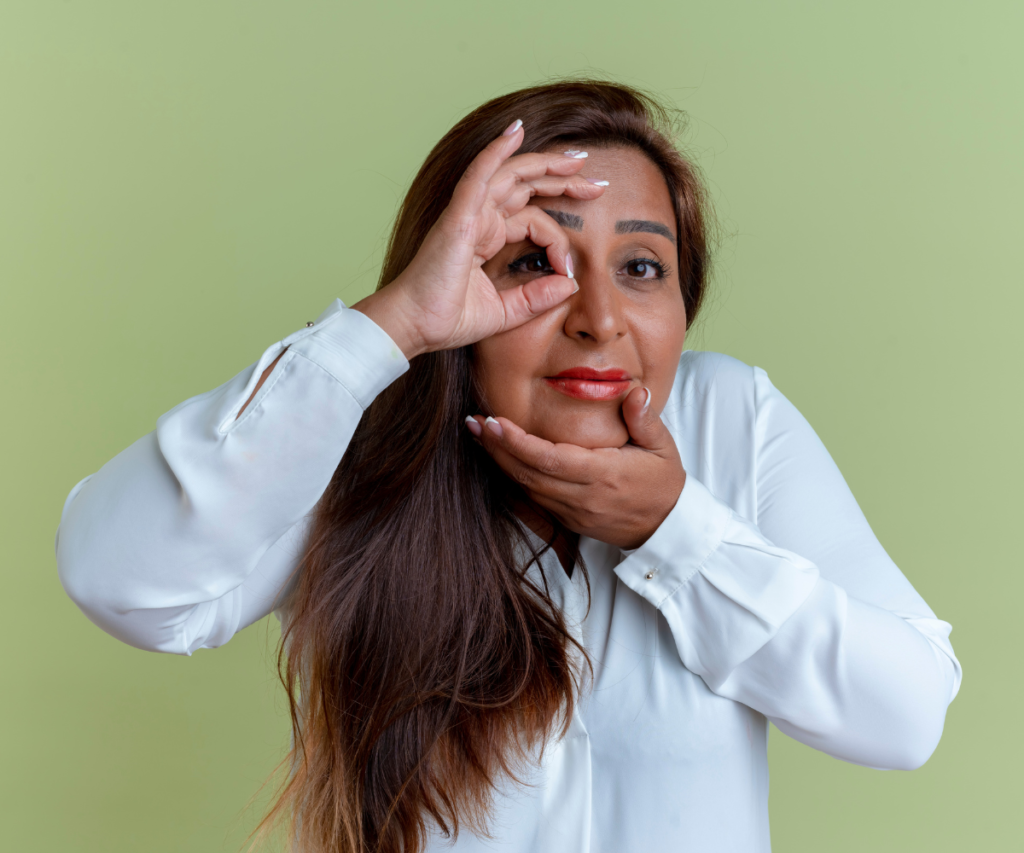
Signs of a more serious condition that require immediate medical attention include:
- Double vision
- Loss of vision
- Bleeding inside or on the surface of the eye
- Inability to move the eye normally
- Severe or persistent headache
- Fainting or loss of consciousness
- Blood or fluid from the ears or nose
Diagnosis of a Black Eye
Diagnosis typically involves a physical examination. A doctor or ophthalmologist may:
- Inspect the bruising and swelling
- Assess eye movement and pupil reaction
- Examine vision and focus
- Check for signs of fractures around the orbital bones
- Use imaging tests such as X-rays or CT scans if fractures or internal damage are suspected.https://www.youtube.com/watch?v=nbqSpG7Aia0
Treatment and Home Care for a Black Eye
Most black eyes heal without medical intervention. Initial home care focuses on reducing swelling, relieving pain, and protecting the area from further injury.
Cold Compress
- Apply an ice pack or a bag of frozen vegetables wrapped in a cloth to the area for 15–20 minutes every hour for the first 24 hours.
- Avoid pressing directly on the eyeball.
Pain Relief
- Over-the-counter pain medications such as acetaminophen or ibuprofen can help reduce discomfort.
- Avoid aspirin, which may increase bleeding.
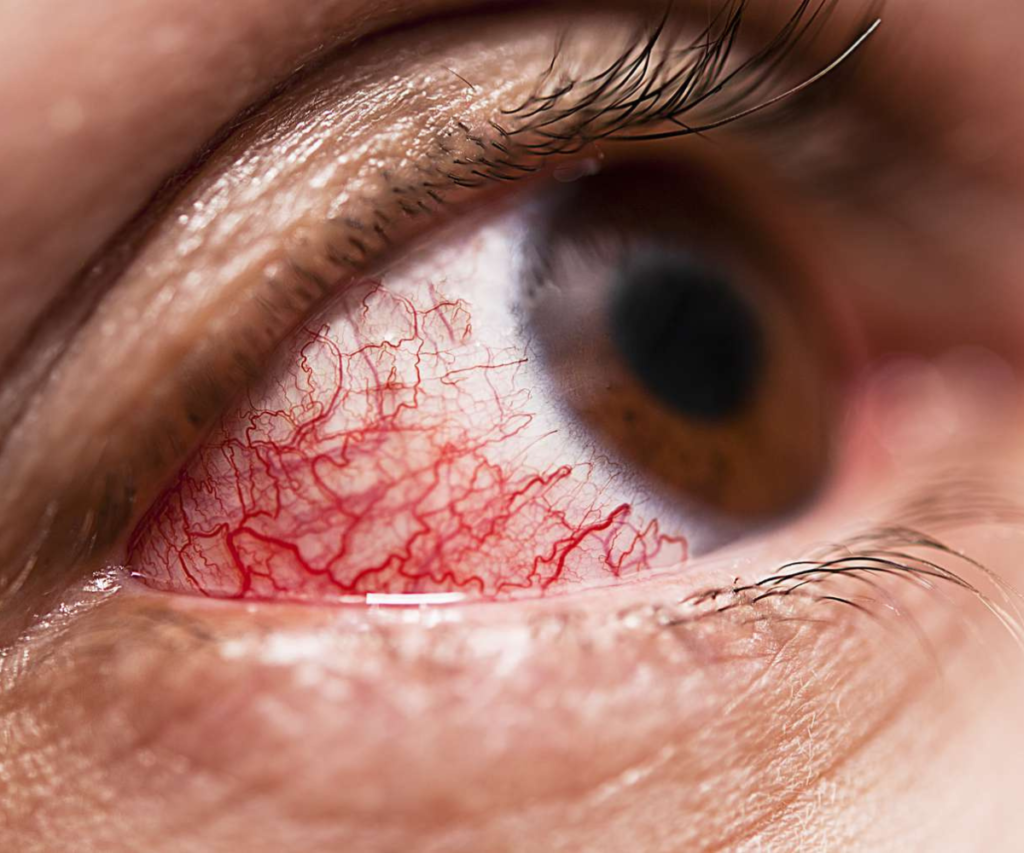
Elevation
- Keep the head elevated while sleeping to minimize swelling.
Protection
- Avoid activities that may result in additional trauma until the eye has healed.
Heat Therapy
- After 48 hours, warm compresses can improve blood circulation and aid healing.
When to See a Doctor
Seek medical attention immediately if:
- Vision is impaired
- Pain or swelling worsens after a few days
- Both eyes are bruised after a head injury
- There is bleeding inside the eye (hyphema)
- Severe headache, dizziness, or other neurological symptoms occur
Recovery Timeline
- Day 1–2: Swelling is most severe; ice compresses help reduce inflammation.
- Day 3–7: Bruising changes from red/purple to green/yellow as blood is absorbed.
- Day 7–14: Swelling and discoloration gradually resolve.
Preventing Black Eyes
- Wear protective gear during sports
- Use seatbelts and airbags while driving
- Avoid risky behaviors that could lead to facial injuries
- Manage allergies to prevent excessive rubbing of the eyes
Additional Tips and Remedies
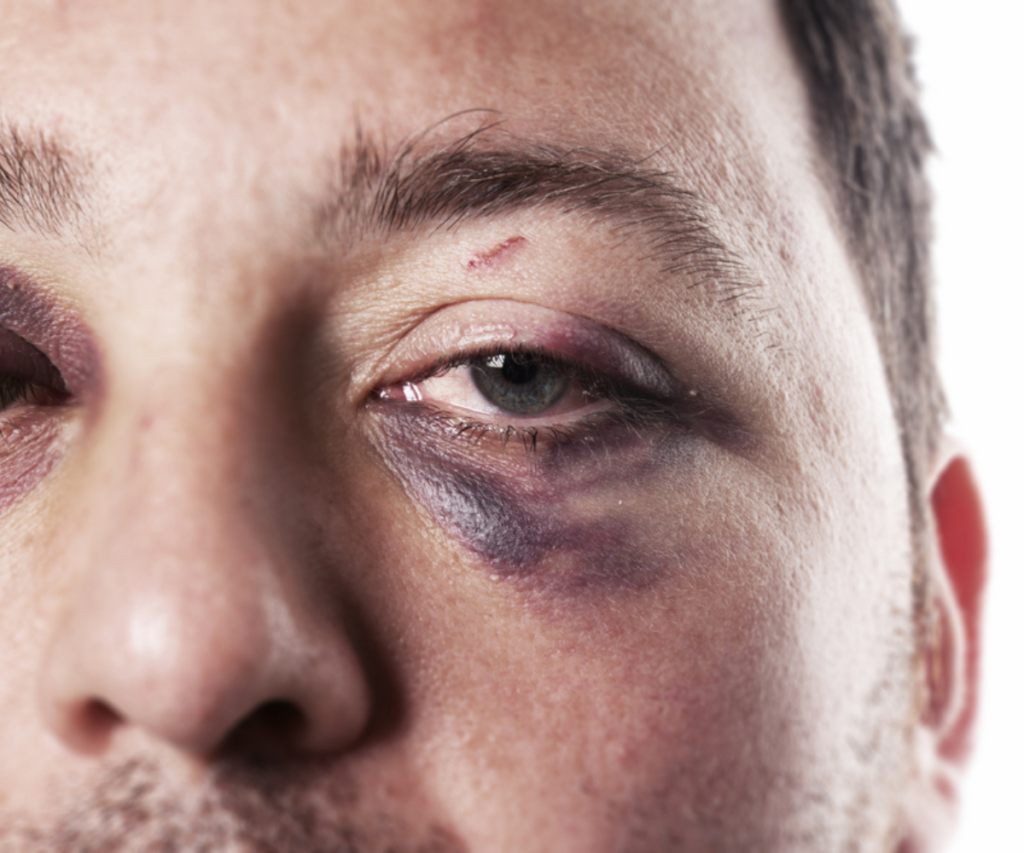
- Arnica Gel or Cream: Some people use arnica topically to reduce bruising.
- Vitamin C and K Supplements: These may support tissue healing and reduce discoloration.
- Avoid Smoking: Nicotine slows healing by restricting blood flow.
